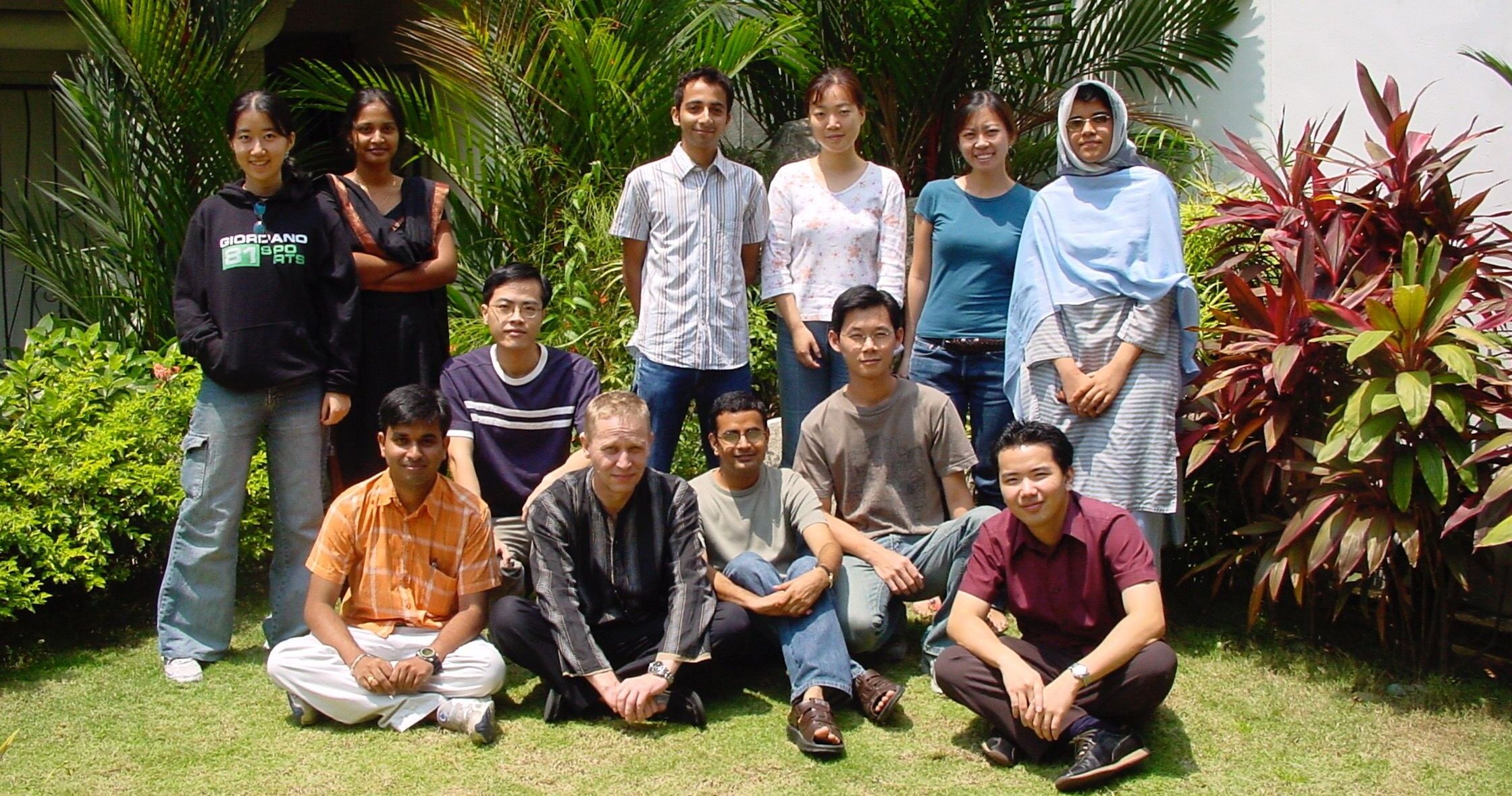Bioinformatics
Introduction to Bioinformatics Course

About this course
When we understand genetic sequences DNA, RNA and protein, plus how they relate to each other, how DNA acts as an information database on how to build all living things, we can start to ask deeper questions about a heritage, infections, allergy, diseases in general, genetic mutations, relationship of all species, how to increase food crop yield, how to design personalised medicine, tailor make genes and so on. The list is long.
The tutorials emphasize the underlying fundamental principles and ideas instead of first focusing on many details. The understanding of the concepts is the key to the learning process. One can always look up the details anytime, besides we would not remember all of them either.
Bioinformatics is a field that uses computer science and information technology to understand and analyze biological data. It is an interdisciplinary field that combines biology, computer science, mathematics, and statistics to study and interpret complex biological systems. Bioinformatics plays a crucial role in modern biology, allowing researchers to analyze and interpret large amounts of data more efficiently and accurately. It also helps researchers to identify patterns and trends in biological data that would be difficult to discern through traditional methods. By connecting biology and computer science, bioinformatics has opened up new avenues for understanding and analyzing biological systems, leading to advances in genomics, proteomics, and evolution.
Don't forget to study the history also! Why? Learn. To both study and value, the steps pioneers daringly took to where no one has gone before, to open new doors. Doors to brand new places for others to explore. To change the world for generations to come.
Modules (tentative)
Introduction to Bioinformatics
In this module, you will learn about the basics of bioinformatics, including the data types and tools used in the field. You will also learn about the history of bioinformatics and its importance in modern biology and medicine.
- History and major milestones in bioinformatics
- Applications of bioinformatics in various fields
- Overview of common bioinformatics tools and resources
Biological Databases
- Sequence Databases
- Medical Databases
- Organism Specific Databases
- Genome Browsers
- Information Retrieval from Biological Databases Using Entres
- Sequence Similarity Searches
Sequence Analysis
- Alignment algorithms and tools for comparing and manipulating sequences
- Sequence annotation and functional prediction
- Genome Sequencing - Data Sources
- Genome Assembly
- Genotype Imputation Tutorial
- The Complexity of Genomic Disorders: Understanding the Challenges
Structural Bioinformatics
- Introduction to protein structure and function
- RNA Secondary structure Prediction
- Tools for predicting and analyzing protein structure
- Comparative modeling of protein structure
- Applications of structural bioinformatics in drug design and structural genomics
Molecular Evolution and Phylogenetics
- Principles of molecular evolution and its impact on biological systems
- Terminology
- Reconstruction of evolutionary relationships using molecular data
- Phylogenetic tree construction methods and software
- Study Evolution Based On Markers
- Phylogenetic Analysis
- Applications of evolutionary analysis in evolutionary biology and population genetics
Functional Genomics
- Definition and scope of functional genomics
- Techniques for studying gene expression (e.g. microarrays, RNA-seq)
- Tools for analyzing and interpreting gene expression data
- Networks And Pathways
- Applications of functional genomics in disease diagnosis and treatment
Metabolomics
- Introdution
- Metabolite Indentification
- Metabolomics Databases
- Data Representation Formats
- Metabolite Indentification
Proteomics
- Definition and scope of proteomics
- Techniques for studying proteins
- Tools for analyzing and interpreting proteomic data
- Applications of proteomics in functional genomics and systems biology
Population Genetics
- Introdution
- Genetic Variation and Evolutionary Processes
- Natural Selection
- Allele Frequencies
- Statistical Methods In Population Genetics
- Inference of Demographic History
- Models Of Mixed Selection And Admixture
Systems Biology
- Definition and scope of systems biology
- Approaches for modeling and simulating biological systems
- Tools for analyzing and interpreting systems biology data
- Applications of systems biology in drug discovery and personalized medicine
Metagenomics
- Introdution
- Reasons To Study Microbiomes
- Metagenomics Data Analysis
Translational Bioinformatics
- Introdution
- Databases
- Characterization of Genetic Variants
- From Model Organisms to Humans
- Precision Medicine
Artificial Intelligence in Bioinformatics
- Introduction to Artificial Intelligence:
In this module, you will learn about the basics of AI, including the different types of AI techniques and how they work. You will also learn about the ethical and social implications of AI.
- Machine Learning in Bioinformatics:
In this module, you will learn about the different types of machine learning techniques and their application in bioinformatics. You will also learn about the challenges and limitations of using machine learning in bioinformatics and how to overcome them.
- Natural Language Processing in Bioinformatics:
In this module, you will learn about natural language processing (NLP). You will learn about the different techniques used in NLP and how to apply them.
- Neural Networks in Bioinformatics:
In this module, you will learn about neural networks and how they are used in bioinformatics. You will learn about the various types of neural networks and how to design and train them.
- Case Studies in Artificial Intelligence in Bioinformatics:
In this module, you will learn about real-world applications of AI in bioinformatics through case studies. You will learn about the challenges and successes of using AI in bioinformatics and how it has impacted the field.
Bioinformatics Ethics and Legal Issues
- Ethical considerations in bioinformatics research and practice
- Legal issues related to bioinformatics, including data privacy and intellectual property rights
- Best practices for handling and sharing bioinformatics data
Bioinformatics Research and Career Opportunities
- Overview of current research trends and challenges in bioinformatics
- Career opportunities in bioinformatics and related fields
- Skills and competencies needed for success in a bioinformatics career
- Resources for staying up-to-date on developments in the field
